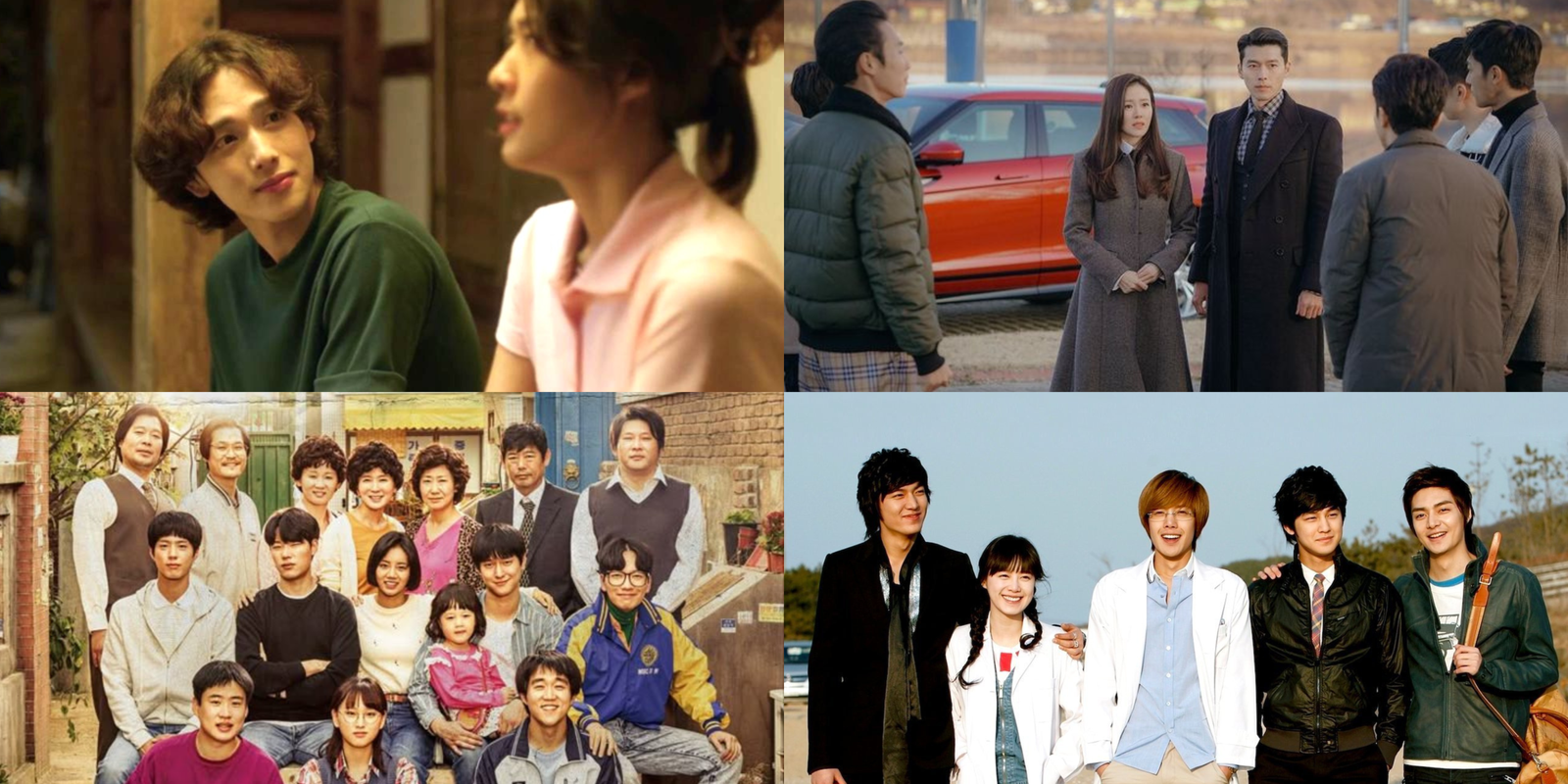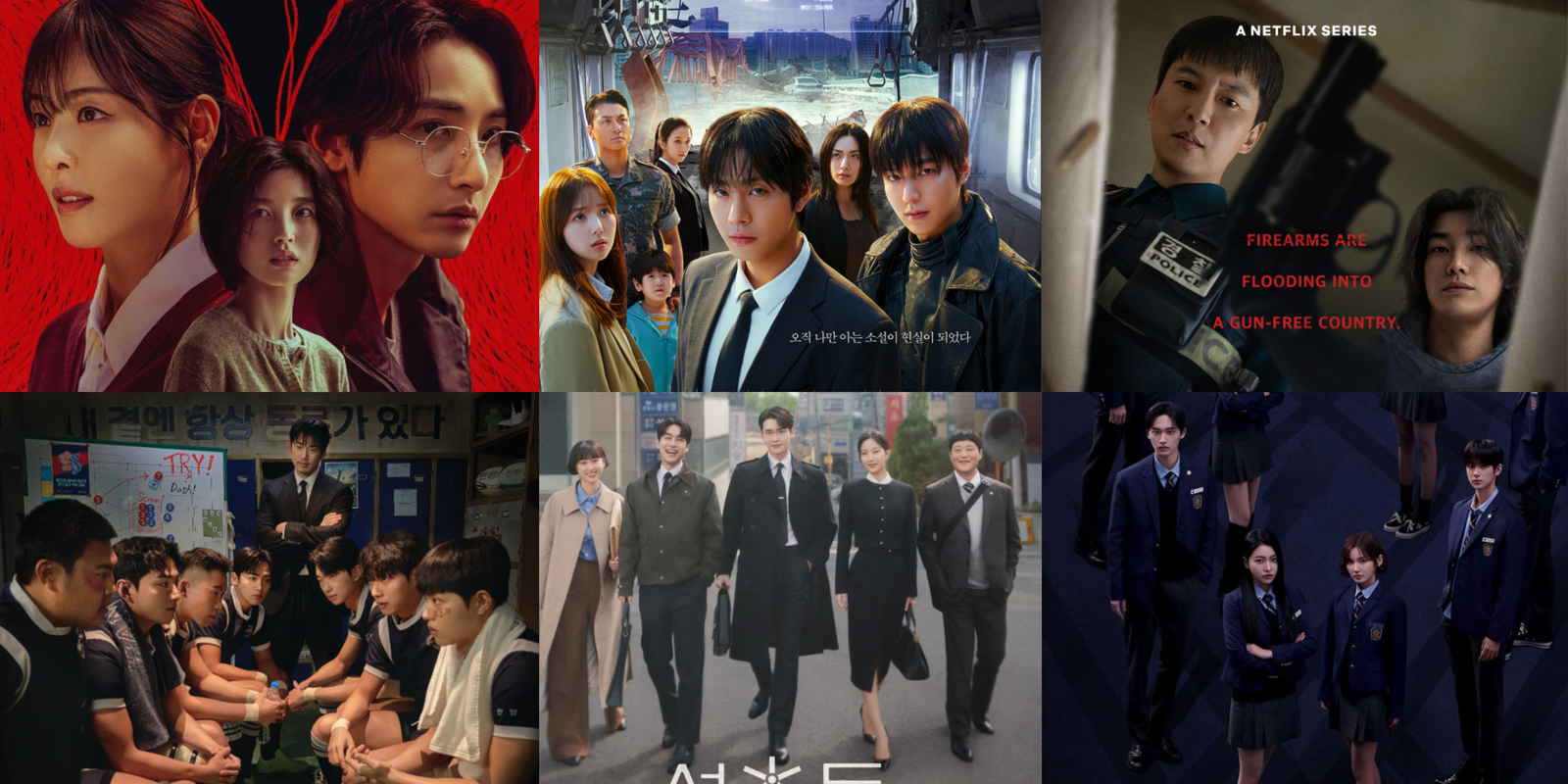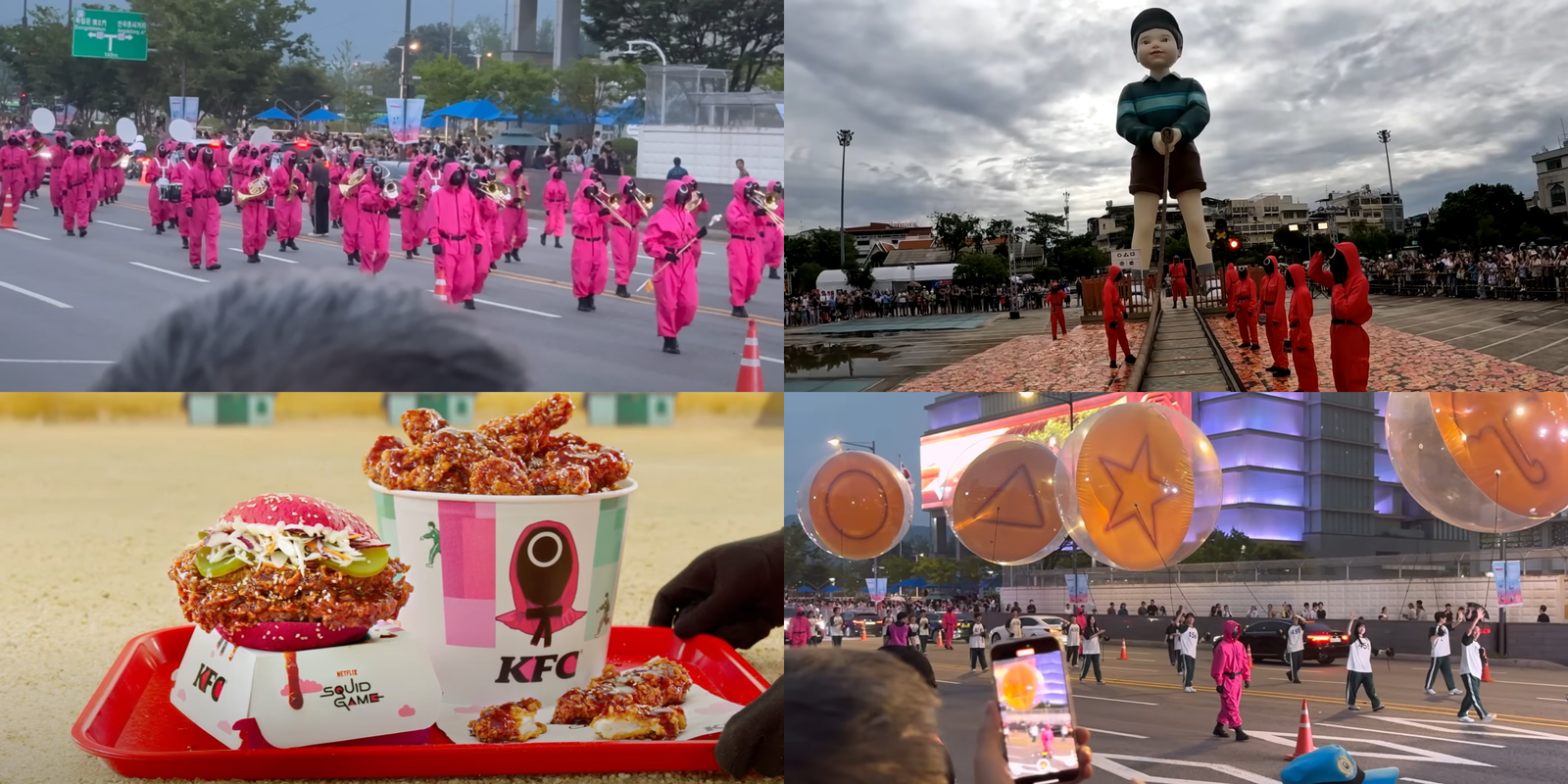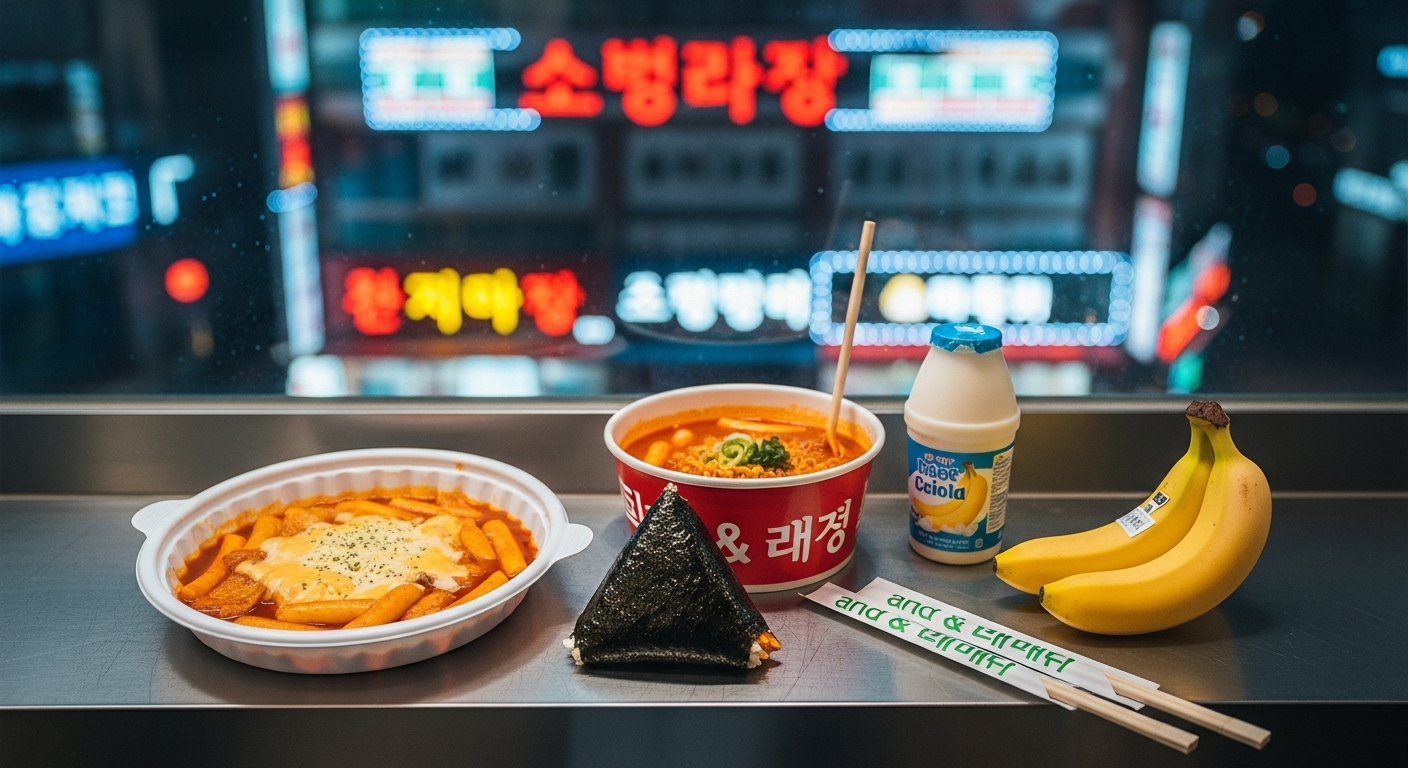Fallen down the K-Pop rabbit hole? Welcome! One minute you’re vibing to a cool song you heard on TikTok, and the next you’re 10 hours deep into interviews, music videos, and variety shows. It’s an amazing journey, but let’s be real — it can feel like you need a translator! When you hear fans talking about their “bias,” a group’s “comeback,” or someone doing “aegyo,” it can sound like a secret code. But don’t worry, we’ve ALL been there. That language isn’t meant to keep you out; it’s the language of a passionate global family. And today, you’re getting the keys to the kingdom.
Here are 15 essential K-Pop terms that will take you from a curious newcomer to a confident fan who’s ready to join the conversation. Let’s get started!
1. Bias
This is the big one! Your bias is your absolute favorite member of a K-Pop group. It’s not just about who you think is the most handsome or talented. It’s the member that just clicks with you — the one whose personality you love, whose laugh makes you smile, and whose part you always wait for in a song. He or she is the reason you got into the group in the first place.

2. Bias Wrecker
Ah, the bias wrecker. This is the cheeky group member who constantly tries to steal your heart and make you question your loyalty to your bias. Just when you think you’re completely devoted, the bias wrecker does something amazing, funny, or charming, and you think, “Wait a minute… who are YOU?” It’s a fun, chaotic part of being a multi-talented group!
3. Maknae
Pronounced “mahk-nay,” this term refers to the youngest member of the group. In Korean culture, age is important, so the maknae holds a special role. They can be sweet and shy, or they can be the “evil maknae” who loves to playfully tease their older members (and totally gets away with it!).
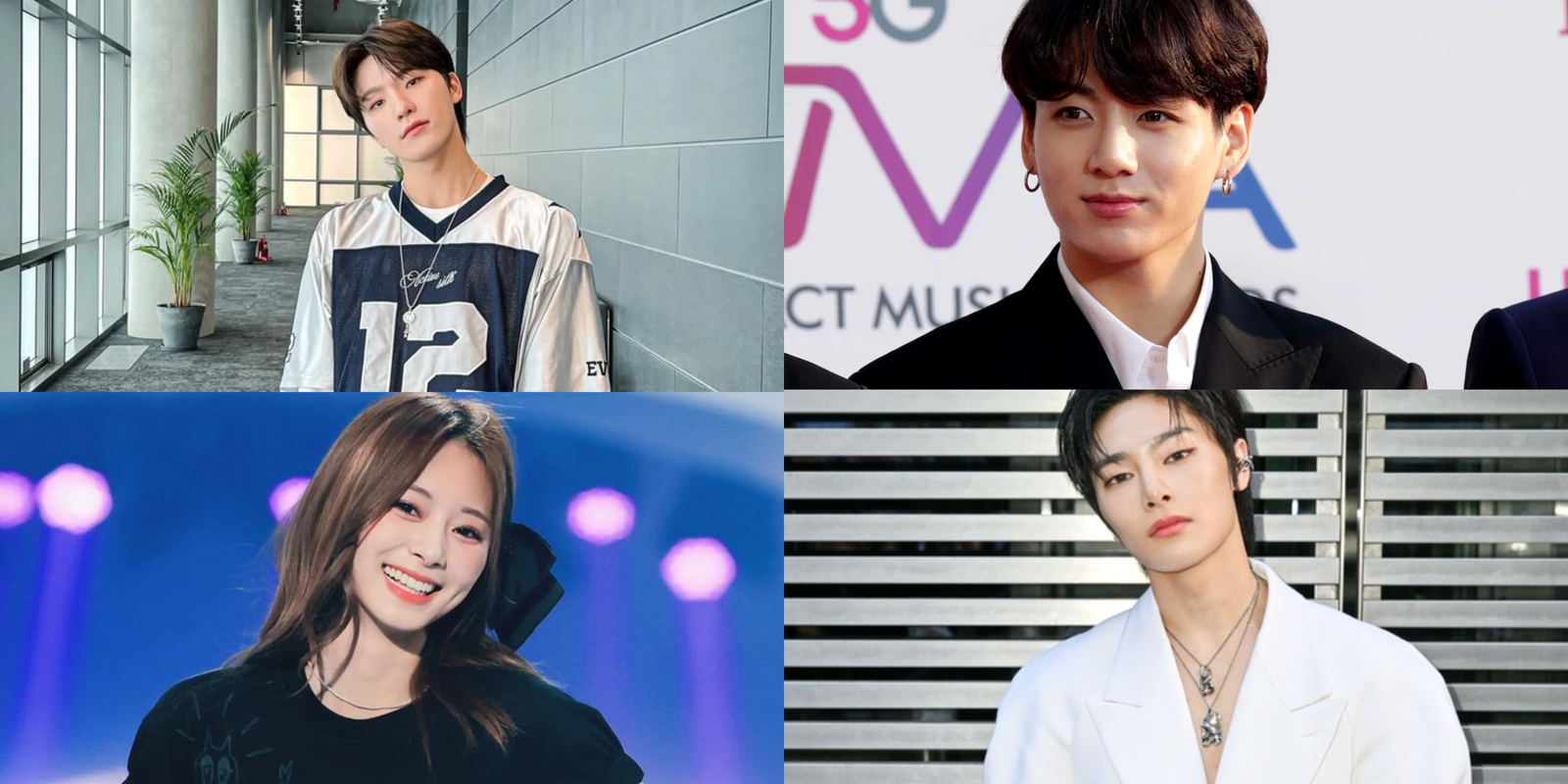
4. Aegyo
You’ll know aegyo when you see it! It means acting in a super cute, almost child-like way. Think pouty lips, a high-pitched voice, and lots of charming hand gestures. Idols are often asked to do it on variety shows for fans, and the results are either incredibly adorable or hilariously cringey — either way, we love it!
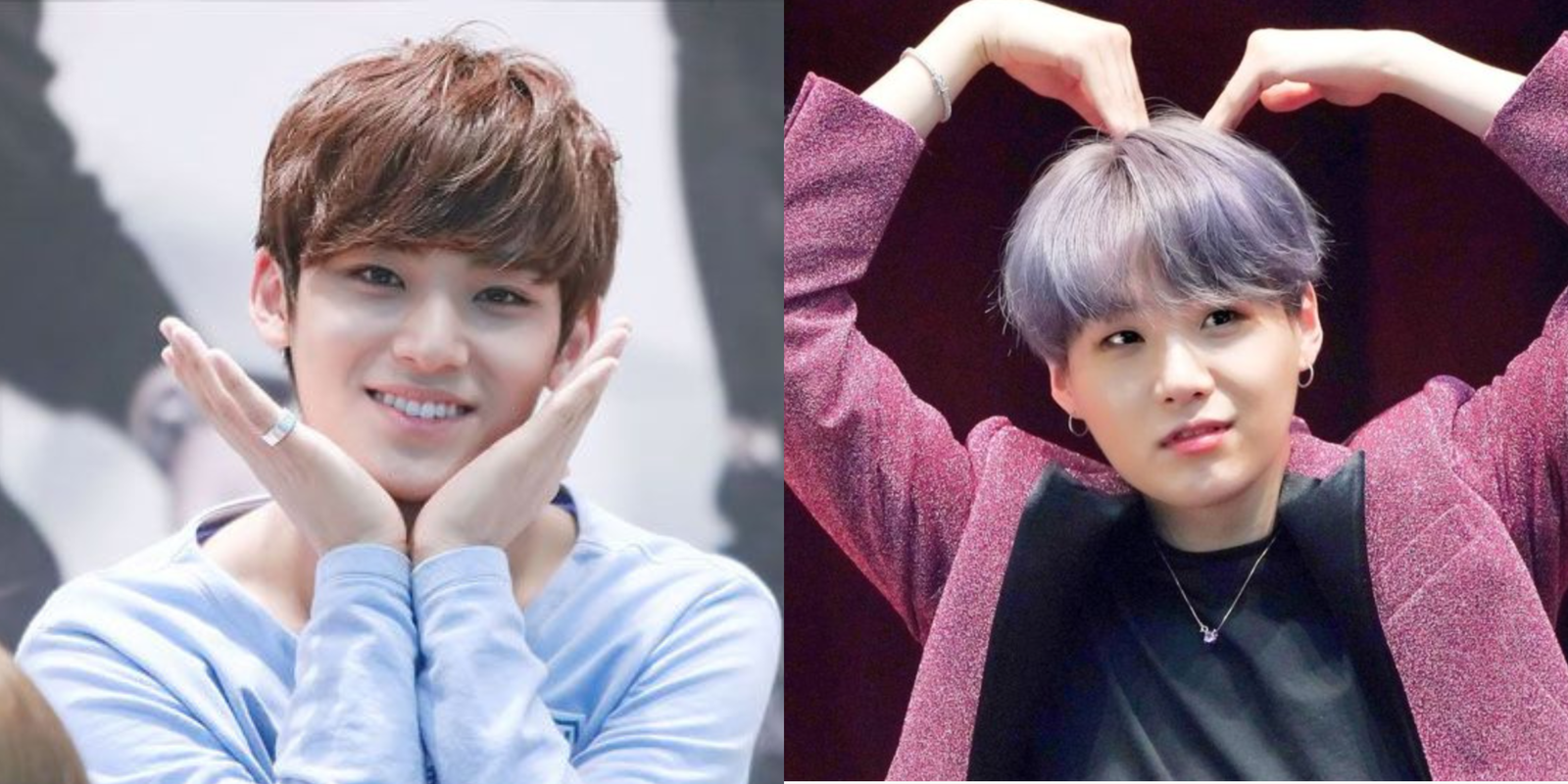
5. Comeback
A comeback isn’t about returning from a long break. In K-Pop, it’s a full-blown event for a new album or single release. It includes a new concept, new hairstyles and fashion, a music video, and a round of promotions on music shows. This isn’t just a new song; it’s a whole new ERA for the group, and it’s what fans eagerly wait for all year!
6. Leader
The leader is the designated member who acts as the spokesperson for the group. They’re often (but not always) the oldest or the longest-serving trainee. They introduce the group, speak for them at award shows, and are responsible for keeping the team’s morale high. They’re the rock of the group.
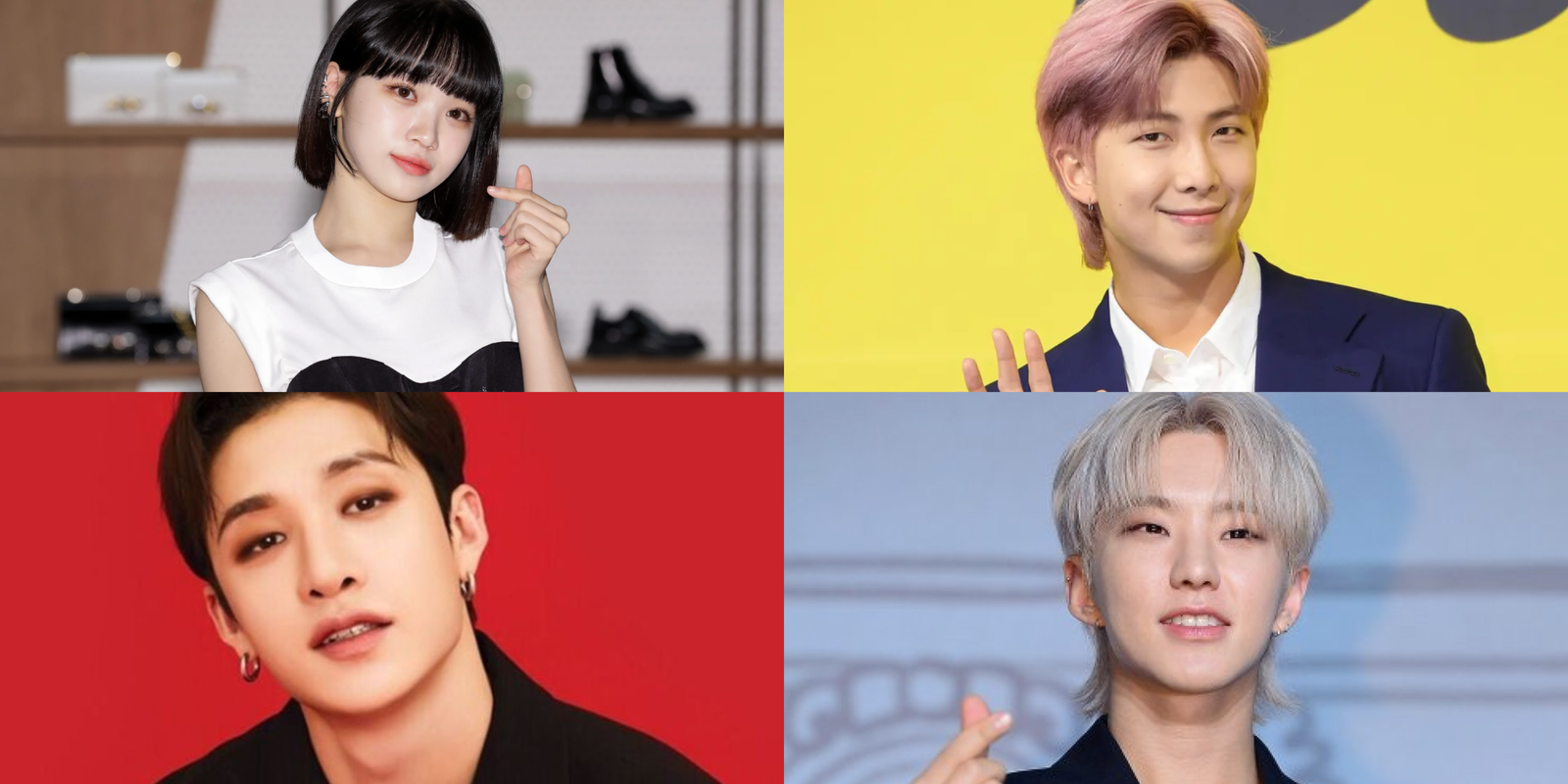
7. Visual
The visual is the member who is considered to have the most “standard” or striking beauty, fitting the classic Korean beauty standards. Let’s be honest, every idol is gorgeous, but the visual is the member who often gets praised first for their stunning looks.

8. Fanchant
This is where the magic of the fandom comes alive! Fanchants are specific words or phrases that fans chant in unison during a group’s performance. It usually includes shouting the members’ names in a specific order and cheering at key moments in the song. It’s a way for fans to show their unified support and be a part of the performance.
9. Lightstick
Every major K-Pop group has its own unique, beautifully designed lightstick. It’s way more than just a glow stick. At a concert, these lightsticks are often Bluetooth-connected, allowing them to change color and flash in sync with the music, creating a breathtaking “ocean” of light. It symbolizes your connection to the group and the entire fandom.
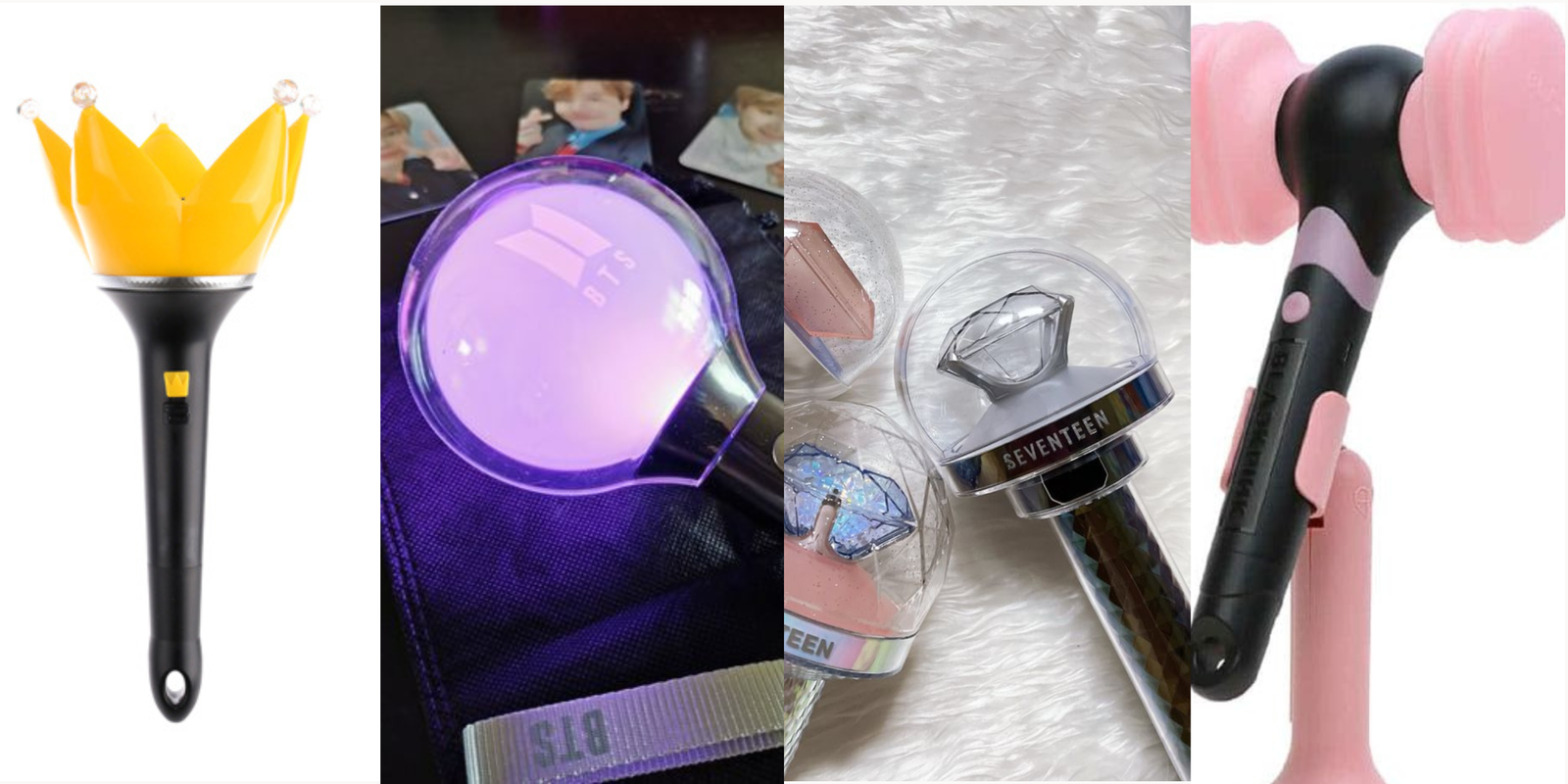
10. Daesang
Pronounced “deh-sang,” this is the “Grand Prize” at a major Korean music awards show. It’s the highest honor an artist can receive, often for “Artist of the Year” or “Album of the Year.” Winning a Daesang is a massive, emotional achievement that both idols and fans dream of.
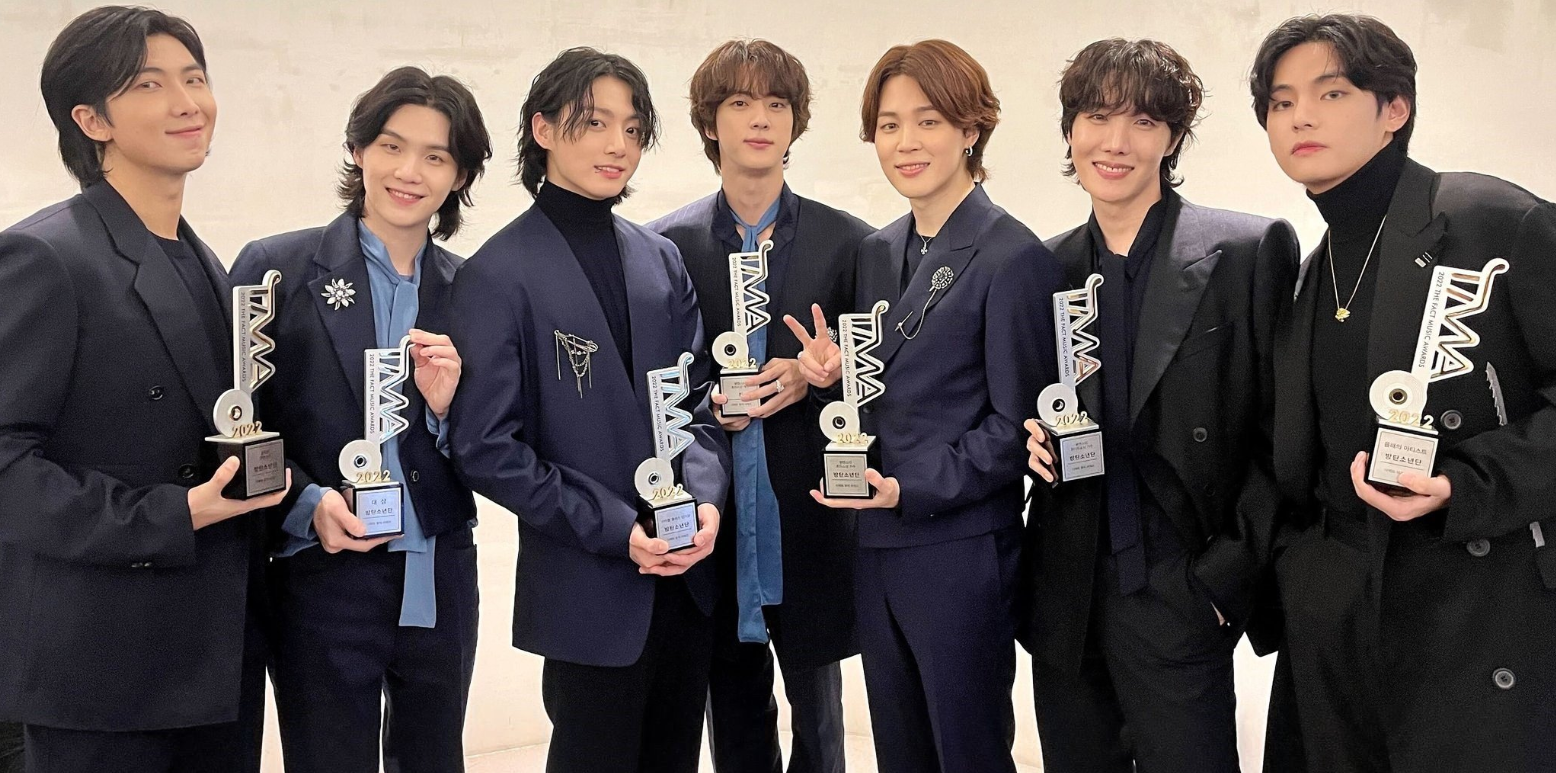
11. Sunbae / Hoobae
You’ll hear these terms a lot. A sunbae (sun-beh) is a senior artist who debuted earlier, while a hoobae (hoo-beh) is a junior artist who debuted more recently. There’s a lot of mutual respect in the industry, and it’s always heartwarming to see hoobaes looking up to their sunbaes. A great example is the relationship between artists from different generations. G-Dragon, the iconic leader of BIGBANG (who debuted in 2006), is a highly respected sunbae in the K-Pop industry. In contrast, Jungwon from the newer group ENHYPEN would be considered a hoobae to an established artist like G-Dragon, as he debuted much more recently.

12. Fancam
A fancam is a video recording that focuses on just one single member of a group during a performance. Can’t get enough of your bias? There’s a fancam for that! They’re perfect for appreciating a specific idol’s dance skills, stage presence, and charisma.
13. Stan
If you’re a fan, you might just be a stan. The word comes from the Eminem song, but in the K-Pop world, it simply means you are a very dedicated and supportive fan of a group. “To stan” a group means to actively follow and support them.
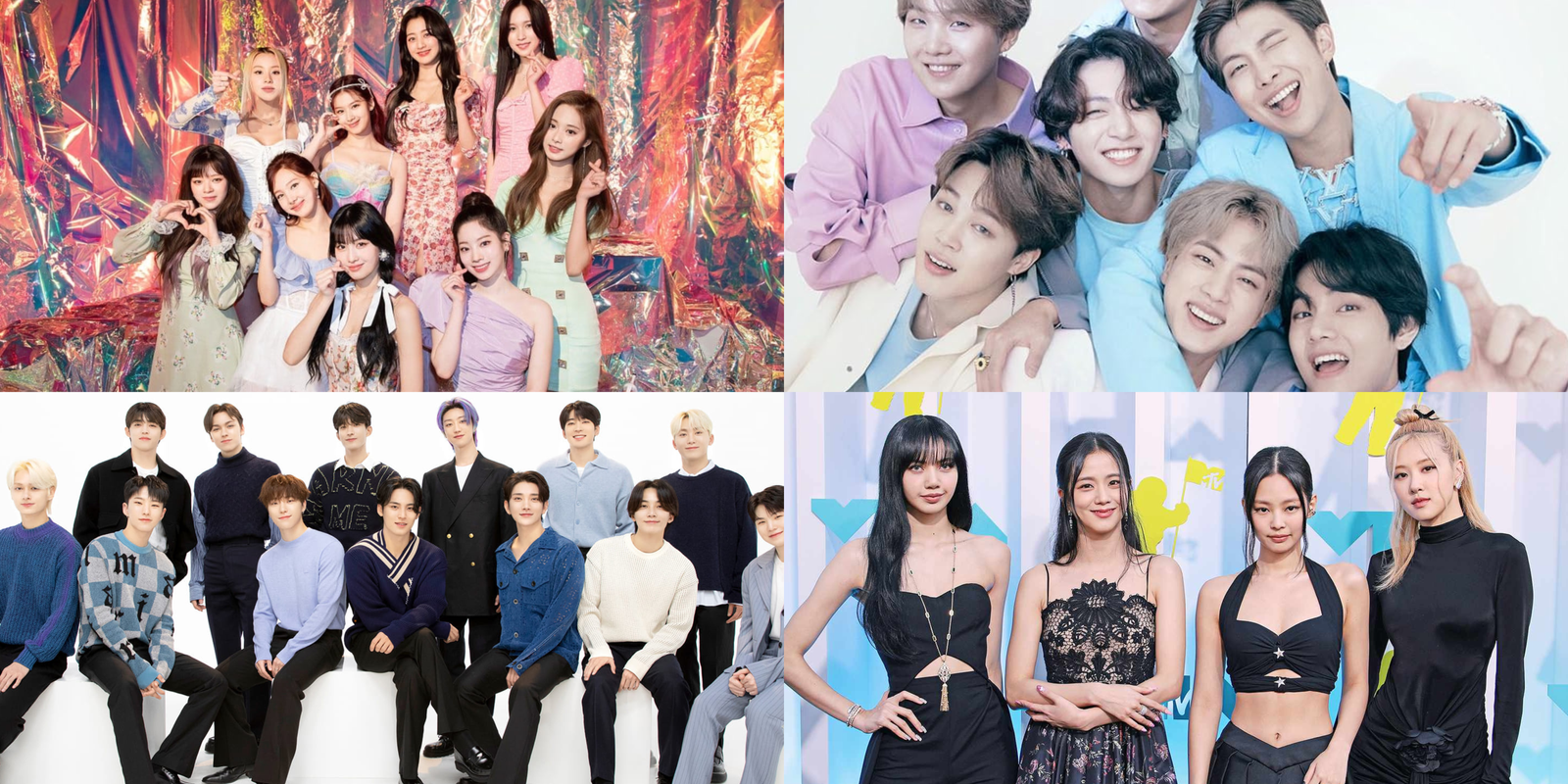
14. Sub-Unit
A sub-unit is when a few members from a larger group form their own smaller group to release music. It’s a fantastic way for members to explore different music styles or showcase specific talents (like a vocal line or a dance line sub-unit).
15. Sasaeng
This is an important one to know, but for a different reason. A sasaeng is not a real fan. They are obsessive individuals who invade an idol’s privacy, stalking them and engaging in dangerous behavior. The K-Pop community does not support or condone sasaengs — true fans respect their idols’ personal lives and safety.
And there you have it! You’re officially in the know. Learning these words is more than just memorizing a dictionary; it’s about understanding the culture of love, support, and excitement that makes K-Pop so special. So, let’s make it official! Welcome to the family. Drop a comment below and tell us: Which term was most helpful, and who was the first-ever bias that pulled you into this amazing world?
Don’t forget to share this with a new K-Pop fan who might need it, wavies!!


